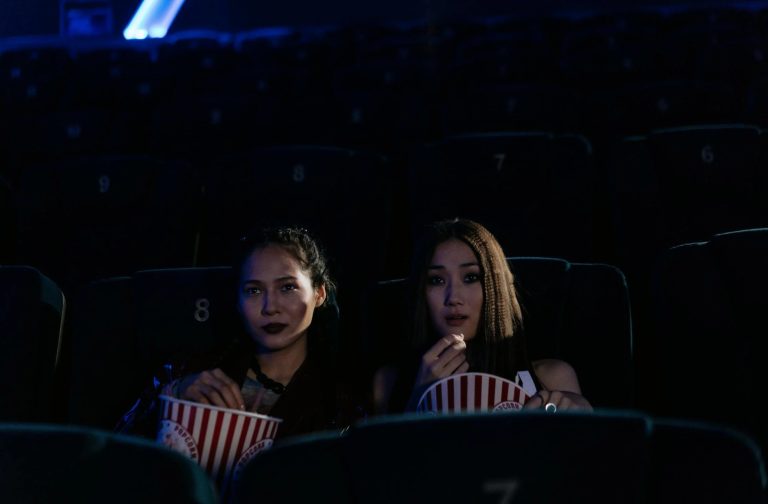Color is one of the most powerful and immediate stimuli in our environment, influencing emotions, perceptions, and behaviors in ways that often operate below conscious awareness. Whether we are choosing clothes, decorating homes, designing products, or even selecting colors in games, the choices we make reveal deep psychological mechanisms. Understanding the psychology behind color selection opens a window into human cognition, culture, and individual personality. This article explores how and why people select certain colors, the meanings attributed to colors, and the practical implications of these choices.
The Emotional Impact of Color
Colors evoke a range of emotional responses that are often universal but can vary depending on personal experience and cultural background. Warm colors such as red, orange, and yellow typically stimulate energy, excitement, and warmth. Red, for instance, is commonly associated with passion, urgency, and even aggression, which is why it is frequently used in warning signs and sale promotions.
Cool colors like blue, green, and purple tend to induce calmness, relaxation, and stability. Blue is often linked to trustworthiness and serenity, making it a popular choice for corporate branding. Green symbolizes nature and growth, conveying a sense of renewal and health. Purple carries connotations of luxury and creativity, historically associated with royalty.
The emotional impact of color selection influences decision-making profoundly. When people choose colors for personal use or consumption, they often seek to express or enhance a particular mood or feeling. This emotional resonance explains why colors are so carefully selected in advertising, interior design, and user interfaces.
Cultural and Social Influences
While some emotional responses to color are biologically rooted, cultural factors strongly shape how colors are perceived and chosen. In Western cultures, white is commonly associated with purity and weddings, but in many Eastern cultures, white is linked to mourning and funerals. Similarly, while red can symbolize good luck in China, it may represent danger or warning in other contexts.
Social influences also play a role in color selection. Trends in fashion, art, and media can popularize certain colors at specific times, affecting individual preferences. For example, the rise of pastel colors in recent years has influenced consumer choices in everything from clothing to tech gadgets.
Colors can also signal group identity and social belonging. Sports teams, national flags, and political movements use colors as unifying symbols. Choosing a color in these contexts is not just an aesthetic decision but a psychological statement of affiliation and values.
Personality and Individual Differences
Beyond cultural and emotional factors, individual personality traits contribute significantly to color preferences. Research in color psychology suggests that people with different temperaments gravitate toward certain colors. Extroverted individuals may prefer bright, vivid colors like red and orange that match their energetic nature. Introverts might lean toward softer, muted hues like blue or green, which align with their preference for calmness.
Moreover, age and gender can influence color selection. Children often favor primary colors due to their simplicity and boldness, whereas adults tend to appreciate more nuanced shades. Some studies suggest women may prefer softer colors and pastels, while men often choose darker, more saturated colors, though these trends are not absolute.
Personal experiences and memories associated with specific colors also affect preferences. A color linked to a positive childhood memory or meaningful event can become a favored choice, illustrating the complex interplay of emotion and cognition in color selection.
The Role of Color in Decision-Making
Color selection is not merely an aesthetic choice but a cognitive process that impacts decision-making. Colors can guide attention, influence perceptions of quality, and even affect purchasing behavior. For example, packaging in red can create a sense of urgency, prompting quicker purchase decisions, while blue packaging might suggest reliability and encourage trust in a brand.
In user experience design, color choices affect usability and engagement. High-contrast colors improve readability and navigation, while harmonious color schemes can reduce cognitive load and enhance satisfaction. The psychological comfort derived from color harmony can lead to longer interaction times and increased brand loyalty.
In more subconscious ways, color choices can also signal intentions or status. Wearing certain colors can boost confidence or convey professionalism. Choosing colors in creative tasks can stimulate imagination or focus, showing how color selection intertwines with cognitive and emotional states.
Practical Applications and Insights
Understanding the psychology behind color selection has practical applications across many fields. Marketers use color psychology to design compelling advertisements and packaging that resonate with target audiences. Interior designers select color palettes to influence mood and productivity in homes and workplaces.
Healthcare environments incorporate soothing colors to reduce anxiety and promote healing. Educational materials use colors strategically to improve attention and memory retention. Even in digital gaming, color selection can affect player engagement and emotional immersion.
For individuals, awareness of their own color preferences can aid in self-expression and emotional regulation. Choosing colors mindfully can create environments that support well-being, creativity, and focus.
Conclusion
The psychology behind color selection reveals a rich tapestry of emotional, cultural, and individual influences that shape human behavior. Colors are more than visual stimuli; they are carriers of meaning and mood, tools of communication, and expressions of identity. Whether in art, design, marketing, or everyday life, the choices people make about color reflect deeper psychological processes and offer valuable insights.
Recognizing the power of color and its impact can enhance how we connect with others, make decisions, and create environments that support our goals and emotions. In a world saturated with color, understanding why we choose what we choose enriches both our personal and collective experience at tiranga colour trading colour prediction.






